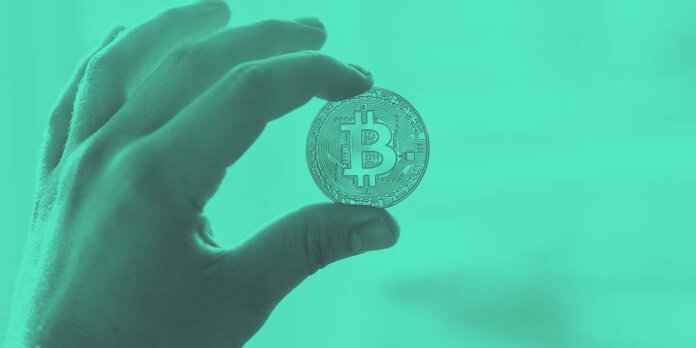DeFi allows individuals to trade digital assets quickly, efficiently, and in a way that is settled because of the actions of programmed code, not because of a centralized entity. This allows for borrowing, lending, trading, collateralization, and payments, none of which requires permission from an outside authority.
One of the greatest applications of blockchain technology is in the realm of finance. As of this writing, the total value of all cryptocurrencies sits just below $2 trillion. One of the reasons for the expanse in the market capitalization of cryptocurrencies is decentralized finance or DeFi. DeFi continues to see a steady increase in users, and at the end of 2021, the total value locked (TVL) was more than $250 billion for all DeFi projects. Capital is flowing into DeFi from not only retail but also institutional investors, and worldwide adoption of cryptocurrencies is only in its infancy.
In the past, banks, investment services, insurance companies, and lenders would fall under the umbrella of finance for both the individual and businesses alike. Blockchain technology made it possible to provide the financial instruments which were offered by traditional finance (TradFi), which historically is characterized by centralized power, participation only by permission, high barriers to entry, and by “their rules.”
Decentralized Finance (DeFi) turns TradFi on its head.
DeFi is permissionless – In Defi, there is no middle man that stands between two or more people to make an agreement. This gives power back to individuals over institutions holding the power. It does not require a credit score or personal information to be exchanged. Just participants in peer-to-peer (P2P) transactions, interacting over computer code in a “trustless” manner (meaning the code ensures the transaction occurs, not just trusting another person).
DeFi is a global phenomenon – decentralized exchanges (DEXs) operate 365 days a year, 24 hours a day. There is no institution that limits hours of operation, no government regulation, and no governance needed other than that of the participants themselves. There are no state borders in DeFi. This allows for people who would never have the chance to invest in a yield-bearing financial tool in the TradFi space the ability to better their lives.
DeFi has low barriers to entry – DeFi does not require users to have entire “coins” of a particular blockchain to participate. Each cryptocurrency coin can be broken into tiny fractions of a whole, up to eight or even more decimal places! This means that anyone can start acquiring and utilizing different DeFi tools to better their position.
DeFi gives power back to the individual, allowing them to control their funds 24 hours every day of the year. People can decide to store their funds in non-custodial wallets, meaning they alone hold the private keys to unlock the use of these funds.
- Learn more about top-100 market capitalization coins here
- See “DeFi: A comprehensive guide to decentralized finance”, Cointelegraph
- See “3 key metrics show DeFi’s TVL on the verge of a new ATH”, Jordan Finneseth, Cointelegraph, January 5, 2022
- See “Grayscale sets sights on institutional DeFi fund”, Osato Avan-Nomayo, Cointelegraph, July 19, 2021
- See “The 2021 Global Crypto Adoption Index: Worldwide Adoption Jumps Over 880% With P2P Platforms Driving Cryptocurrency Usage in Emerging Markets”, Chainanalysis, October 14, 2021
- See “How to store crypto in 2022, explained”, Sarah Jensen, Cointelegraph, December 27, 2021
This article is an extract from the 80+ page Scaling Report: Does the Future of Decentralized Finance Still Belong to Ethereum? co-published by the Crypto Research Report and Cointelegraph Consulting, written by ten authors and supported by Arcana, Brave, ANote Music, Radix, Fuse, Cryptix, Casper Labs, Coinfinity, Ambire, BitPanda and CakeDEFI.




